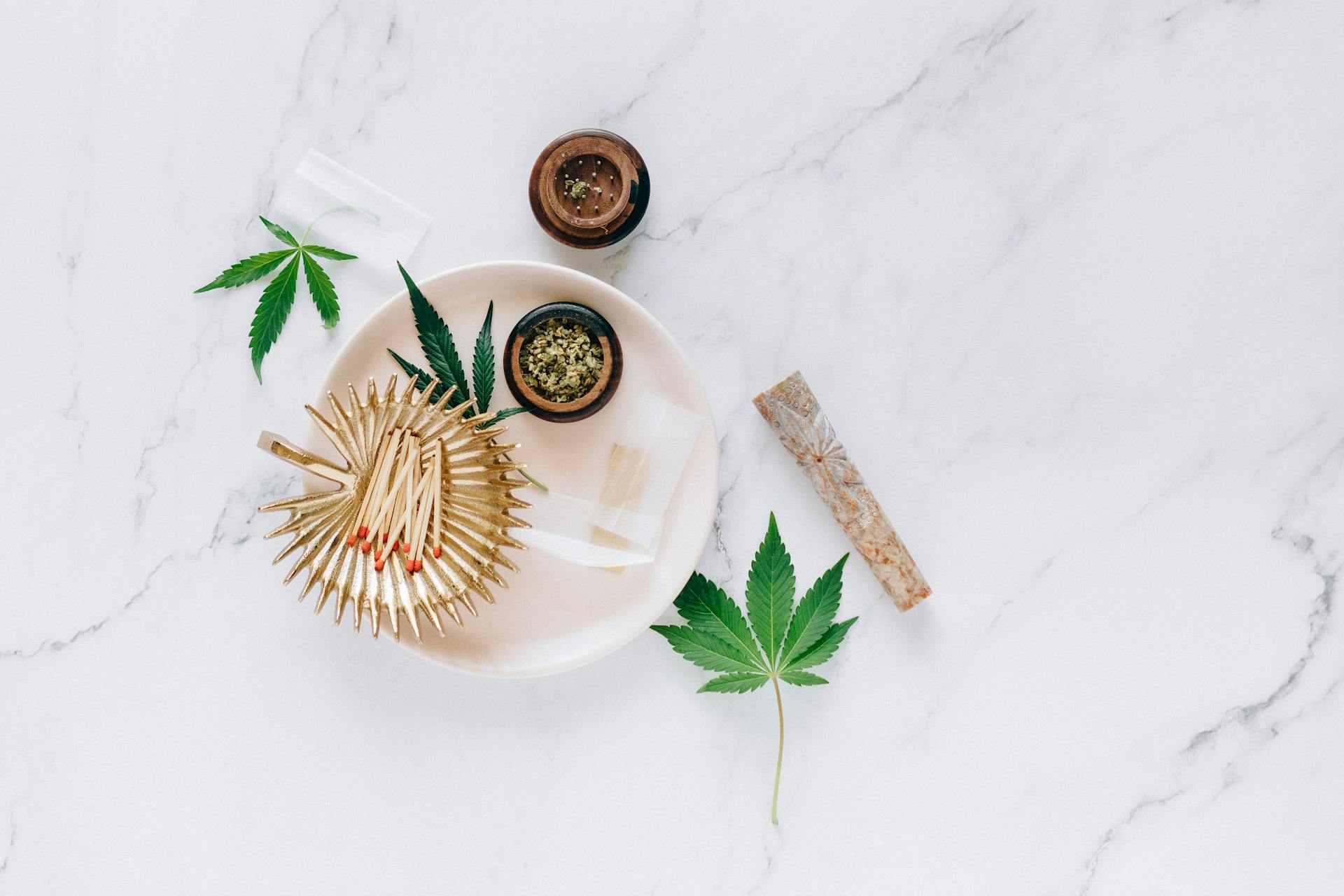
Your dark armpits are normal. In 2013, I finished watching a YouTube tutorial by Jackie Aina on how to find what's like the right foundation for darker skin tones. My eyes would wander to the sidebar where makeup tutorials with titles such as "How To Get Lighter Armpits Fast" and video thumbnails with lemons or other miracle brighteners were rampant spread across my screen. The bright orange seasoning could easily make one start picking at their not-so-fun reminder every time someone sees dark spots.
Advice-seeking comments like "im trying to get clear unblemished underarms but dont know how" were all over social media for body parts including knees, elbows, lips, and even neck. I've had a family member tell me that my natural color was a hygiene issue, so I can't imagine what it must be like for those who have darker skin tones than me. The spread of medical misinformation has made some suggest that dark elbows, knees, underarms, and knuckles are a sign of an underlying health issue in people with darker skin when in reality it is just normal healthy skin with uneven tone for fascinating reasons.
Discover the Fascinating Reasons Behind Uneven Skin Tone
Uneven skin tone can happen to anyone, and it's more common than you might think. Darker patches on your skin can be caused by a variety of factors, including chronic frictional rubbing from everyday activities like kneeling, crawling or sliding elbow. According to Dr Elbuluk, a New York-based board-certified dermatologist told Allure that nearby skin repeated physical trauma can thicken producing darker patches.
Deodorant is also one of the potential culprits for dark armpits. Dr Elbuluk noted that ingrown hairs and repeated inflammation from shaving or waxing can make the skin darker simply due to irritation. In addition, desk-bound workers who may lean their arms on their desk all day may experience hyperpigmentation as well. In short, there are many reasons why you might have uneven skin tone – but they're all normal!
Unveiling the Process Behind Brand and Product Evaluation

Many of us have experienced having darker hue dark underarms, especially during swimsuit season. It may be a common condition, but it can make one feel self-conscious when wearing tank tops or sleeveless clothing. However, before trying out any product that promises to lighten the skin in that area, it is essential to evaluate ingredients and health claims.
Scientific evidence is crucial when choosing a product for your current body and skin condition called acanthosis nigricans. Darkening areas like the underarms can be a symptom of this condition, which is related to insulin resistance. Some ingredients may even worsen the problem or cause foul odor in the area. In a 2014 overview, it was found that 74 percent of people experience this condition regardless of their race or health status.
Developing dark underarms can also be linked to family history or genetics. Therefore, understanding the process behind brand and product evaluation is necessary to make an informed decision about what you put on your skin. It is always best to consult with a dermatologist to determine what products are safe and effective for your unique skin type and needs.
Talk to Your Doctor About Hyperpigmentation Treatments

If you have recently noticed darker areas on your skin, such as dark spots or hyperpigmentation areas, it is important to talk to your doctor about potential reasons for this change. While it may be a common DIY remedy to aggressively scrub and use exfoliating products on the skin, this can potentially cause inflammation and damage to the skin barrier. Dr. Elbuluk suggests visiting a board-certified dermatologist or primary care doctor to understand skin conditions and feel empowered in finding the best treatment options.
It is important to note that darker skin may naturally have multiple tones, but if there has been a drastic change in the complexion, there may be an underlying health issue such as insulin resistance or an endocrine disorder. Dr.Tzu shares identifying signs of internal disorders that may manifest through changes in skin coloration. Unfortunately, many people rely heavily on social media for information about their health without understanding the potential risks associated with not consulting a medical professional.
By talking to your doctor, you can better understand the potential reasons behind hyperpigmentation and find suitable treatments without risking further damage or high medical costs lack of knowledge. It takes hard thinking and time for people with general distrust of the medical field to feel comfortable seeking advice from doctors but seeking out good information compels people towards proactive self-care habits. Remember that our skin is unique and requires individualized attention from qualified professionals when experiencing changes beyond what we consider normal for our bodies.
Knowing the Right Time to Visit Your Doctor
Dark underarms can be a cause for concern, but they are usually harmless. They're worth a visit to your primary care doctor if you notice any other symptoms, such as itching or pain. In most cases, dark underarms are caused by friction from clothing or shaving.
It's also worth seeing your doctor if you have any other medical conditions that could be causing the dark patches. For example, an underactive thyroid gland can cause dark skin to fade. Treating the underlying condition should help to improve the appearance of your underarms.
If you're concerned about your dark underarms, it's always best to speak with your primary care doctor. This article has been medically reviewed and was last updated on December 7, 2017.
1. How we reviewed this article:
Before publishing this article about dark armpits, we conducted extensive research on acanthosis nigricans. We looked into the signs, tips, and causes of acanthosis nigricans as well as studies such as the ones done by James AG et al. in 2005 and Kim SJ et al. in 2006 which evaluated the histological aspects of acanthosis nigricans. We also explored the relation between acanthosis nigricans and type 2 diabetes mellitus anthropometric variables such as body mass.
Furthermore, we delved into the anti-corrugation activities of glycoprotein fractions and liquid extracts, which have been shown to help with skin whitening effects according to studies like Tu CX et al. in 2011 and Phiske MM in 2014. We even looked at alternative treatments like curcumin which has been found to inhibit melanogenesis according to studies by Grandhe NP et al. in 2012.
Our findings led us to conclude that while dark armpits may be a common concern for many individuals, they are actually normal and often caused by acanthosis nigricans, a harmless condition that can be managed with proper care and treatment as advised by healthcare professionals such as those from Mayo Clinic staff in their 2015 diagnosis assessment of acanthosis nigricans.
What Triggers This Condition and Who Are Most Vulnerable?
The darkening of skin in certain areas, such as the underarms, is caused by an increased production of melanin. Melanin is a pigment that gives color to our skin, hair, and eyes. Pigment cells called melanocytes are responsible for producing melanin. When these cells multiply or produce more melanin than usual, it leads to a darker color in the affected area.
Greater risk people for this condition include those with darker skin tones. People with lighter skin can also experience dark patches under their arms, especially if they have a close relative who experiences the same thing. In some cases, an underlying condition or faulty gene may be responsible.
To avoid irritating your underarms while removing hair, lubricate the area before shaving and use a gentle soap or shaving cream. After shaving, apply an unscented moisturizing cream afterward to keep your skin hydrated and healthy. By avoiding practices that stimulate excess melanocyte production and taking care of your underarms with proper hygiene practices, you can keep them looking healthy and normal!
Frequently Asked Questions
How do you get rid of dark armpits?
There are several ways to get rid of dark armpits, including using natural remedies like lemon juice or potato slices, exfoliating regularly, and avoiding tight clothing. If these methods don't work, you can also talk to a dermatologist about other treatment options.
How to lighten your dark underarms?
To lighten your dark underarms, you can try using natural remedies such as lemon juice or potato slices, exfoliating regularly with a gentle scrub, avoiding tight clothing and using an antiperspirant instead of a deodorant.
Why do underarms get dark?
Underarms get dark due to a variety of factors including shaving, excessive sweating, and the use of certain antiperspirants or deodorants. These factors can lead to a buildup of dead skin cells, bacteria, and melanin in the area.
What causes dark underarms and how can you treat it?
Dark underarms can be caused by a variety of factors such as shaving, deodorant use, genetics, and hormonal changes. To treat it, one can try natural remedies like lemon juice or baking soda, or seek medical treatments like laser therapy or chemical peels.
How to cure dark underarms?
To cure dark underarms, try natural remedies like lemon juice or coconut oil to lighten the skin. Exfoliating regularly and avoiding tight clothing can also help. If the discoloration persists, consult a dermatologist for further treatment options.
Featured Images: pexels.com

